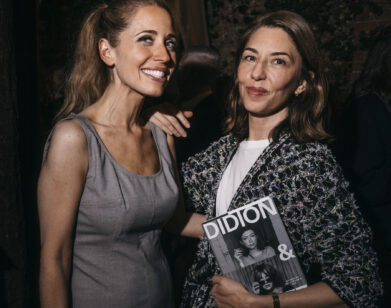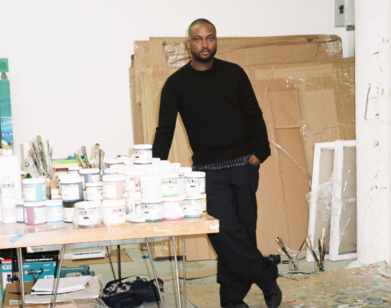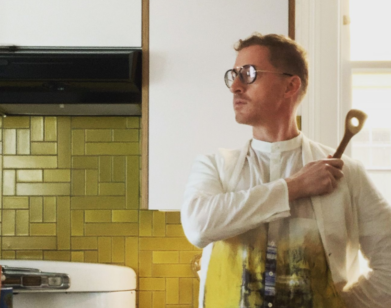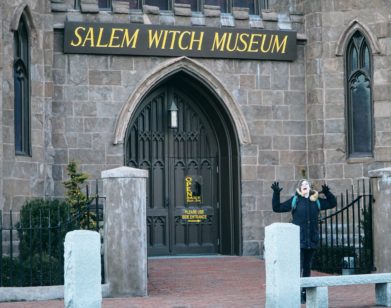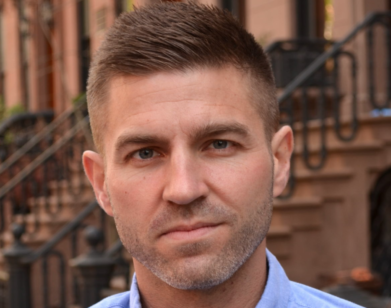Christopher Bollen Is Pretty Sure He’s Not a Sociopathic Murderer
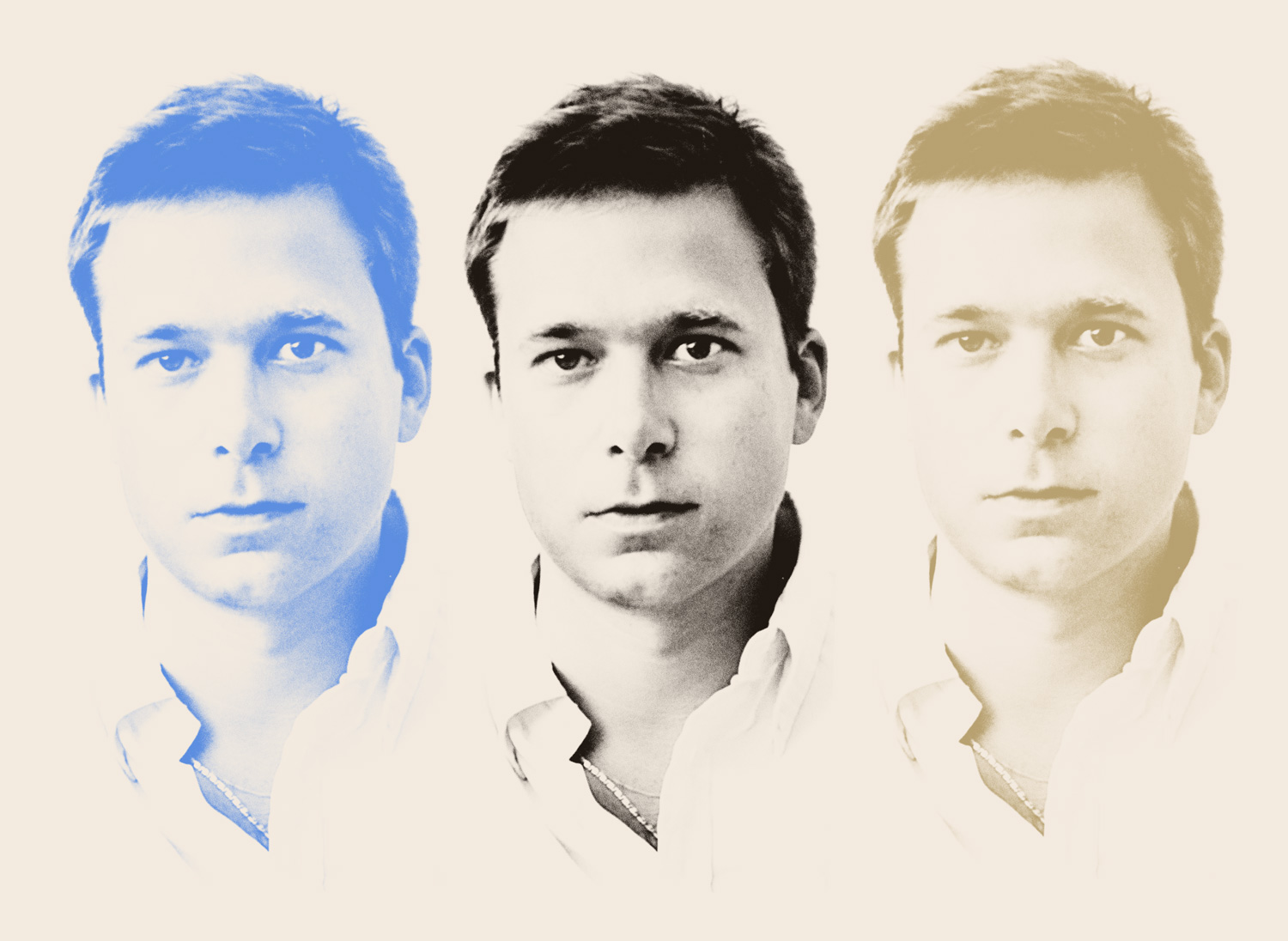
In the wee hours of March 18, 1990, two con men masquerading as Boston Police officers burglarized the Isabella Stewart Gardner Museum, stealing a seismic haul of art by the likes of Rembrandt and Vermeer from the Venetian-style mansion. Nearly three decades later, the robbery remains a mystery, and the art—which the FBI values at more than $500 million—unrecovered.
My mother’s great uncle, Myles J. Connor, Jr. was one of the first suspected of masterminding the theft. Connor, who was incarcerated at the time, was a notorious art thief in the New England area, but denied any real connection to the crime. Nevertheless, his early involvement inspired an urban myth within my family that caused cousins to scour dusty attics and relatives to ransack garden sheds in hopes of finding the Gardner treasures. Connor’s ties also influenced my early obsession with crime novels, particularly those of Patricia Highsmith.
Reading A Beautiful Crime, I was immediately reminded of the Gardner heist. In the novel, the fourth written by Interview’s Editor-at-Large Christopher Bollen, two men also take advantage of a Venetian mansion—this time an actual palazzo in Venice—and leverage its ancient artifacts and history for profit. Unlike the Gardner heist, there’s a gay love tryst, a murder, and an Airbnb crisis that’s sinking a city underwater. In an age when con artists like Anna Delvey and Billy McFarland are becoming swindling sensations, I spoke with Bollen about his new novel, the glamour of the grifter narrative, and America’s fascination with con culture.
———
MITCHELL NUGENT: In 2016, Edmund White dedicated his novel Our Young Man to you. And this year, you dedicated A Beautiful Crime to White. How did you two meet?
CHRISTOPHER BOLLEN: We met in the early 2000s through a mutual friend who was visiting from Seattle, and I had always wanted to meet Ed for a number of reasons. One, because he’s from Cincinnati and so am I. It’s just amazing to have someone who knew Cincinnati and wrote about it so well as he has, and in a number of his personal essays. All of his books are so seminal to me in terms of what you could do in literature—and also naughty in what you aren’t supposed to be doing in literature. But he did so effectively, and so brazenly. He’s been such a wonderful person to talk to about everything. It’s such a treat to hear his amazing stories of life on earth. I did not expect or ask or have any idea that he would dedicate that book to me, but it was kind and I felt so honored. And so, when it came around to doing the dedication for A Beautiful Crime, I thought about what the book meant to me. To me, one of the assets I was going for in the book is the passing on of the gay identity and what it meant in the past to what it means for us now as a younger generation of men who are sort of dealing with this legacy. But the legacy and the rules have changed so much. And so I was just thinking of someone who I really admired who blazed the trail for me. White just seemed the right choice for it.
NUGENT: You’ve cited A Beautiful Crime as your most personal novel yet. I’ve known you for some time, and I spotted Easter eggs throughout the book, from the Peggy Guggenheim internship to settings on the Upper West Side and an Ohioan as a central character. I’m not insinuating that you’re a murderer, too, but I wondered what other aspects of the novel are biographical?
BOLLEN: Sometimes I’m relieved that it doesn’t look like I’m going to have children because I don’t know how I would tell them that I am not a sociopath or a killer. [Laughs.] Personal interest always becomes a huge part of writing books for me. Whatever I’ve become obsessed with, or have experienced, end up being woven into the book. As you’re saying, I was an intern at the Peggy Guggenheim Collection in 1999. That was a huge deal in my life to me then because I fell in love with Venice. It was the first time I lived outside of the country, and it was in the back of my mind the whole time—the early experiences I had there and how I got to know the city. But then there were parts of the book that were completely new to me. I knew absolutely zilch about colonial silver until I decided almost to, sort of out of thin air, include it as an element.
NUGENT: That was going to be one of my questions for you—how you came upon the silver industry, and whether you were familiar with antiquities beforehand?
BOLLEN: Not even a little bit. I must say that before I did the research for this, I couldn’t have told you the difference between silver plate and real silver. To be honest, I needed an object. I wanted it to be something decorative. It was kind of touching upon the idea of what gay men have famously or notoriously been known to be good at, which is this Sontag idea of aristocrats of tastes. And how gay men have often dominated these worlds of decorative art. There’s this sort of knowledge that’s passed on between old and young men of what these values are. These are all dying art forms because I think, in a way, there’s a loss of masterful understanding of them that was passed almost like apprenticeships often between gay men. So silver is kind of a luck in a way. It wasn’t something I knew much about, but it seemed to check all the boxes of that. And there’s this sort of ethical question to it in the book, obviously. As these sort of rarefied art forms disappear, or become less and less important culturally, this next generation’s sort of selling off the scraps of them for their own lifestyle.
NUGENT: Is there a particular anecdote from your Peggy Guggenheim internship that warms your heart?
BOLLEN: Is there? I loved being an intern at the Peggy Guggenheim Collection. And it’s just like [the character] Clay in the book as an intern. I even loved doing all the guard duties. It’s a very laborious job of standing still, but I really enjoyed it. You get to just stare at art and people all day long. And the funny thing is, I spoke very little Italian. I think I kind of lied on my application about being fluent.
NUGENT: As one does!
BOLLEN: I didn’t really speak any Italian. But you learn how to say enough that it makes it seem like you speak Italian. So like “non toccare,” which is “do not touch.” You could say that constantly and people would think that you are totally fluent. Then we’d have to give tours about Peggy. We did that once a week where we weren’t supposed to talk about her sex life. But of course, when the director [of the Collection] wasn’t looking, we would. [Laughs.] I have so many stories from that period. It was only three or four months, but it felt like five years. Every day was such an adventure.
NUGENT: The novel suggests that a queer ecosystem doesn’t really exist in Venice. Other Italian cities like Milan and Rome have substantial queer scenes and subcultures. Why do you think Venice differs?
BOLLEN: That is such a good question. I had come to Venice in 1999 from New York. I was used to an international city with a very active gay nightlife. And Venice, for some bizarre reason, does not have that at all. There’s no gay bars. Of course, things have opened up a lot there and it’s been 20 years, but there still aren’t any that I’m aware of. It shocks me because it’s such an aesthetic city and such an international city. But it doesn’t seem to have a very strong gay community in the terms of that you can easily find it. And it was a problem for me when I went there because you kind of just feel like you had returned to very heterosexual environment. It probably has a lot to do with the way Italian culture treats someone’s sexuality, and shrinking community in Venice itself, and how given over it is to commercial tourism.
NUGENT: I imagined Venice to be quite a glamorous place to go cruising, with its Grand Canal and deserted alleyways. I wanted to know what cruising was like before the advent of Grindr, but you kind of answered that question.
BOLLEN: It’s funny because Ed [White] always said that he cruised at the downtown fountain in Cincinnati, but I did not know of that as a cruising spot when I was a teenager in Cincinnati. And some people did say that late at night people would cruise in Venice down by Harry’s Bar and just off of San Marco. But I never knew that at all. There was a little sliver of the Lido that was a gay beach. It was called Alberoni and you could go there, but it took forever. You’d have to take a vaporetto out to Lido and then a 45-minute bus ride. And then you never knew what it was going to be like. So it was quite a commitment if you really wanted to.
NUGENT: Did you live in a rundown palazzo, like Clay did in the novel during your internship?
BOLLEN: No, I lived in [the character] Daniella’s apartment. I had made a friend there whose brother had owned or rented this apartment but never used it, so I took it over. It was absolutely amazing. Some people did live in rundown palazzos. But I found this apartment; it was on the ground floor. It had its own garden. It was shabby but it was also to my mind so charming. And it was off of Campo Santa Margherita, which was near the little bars that I liked to go to at night and not far from the Guggenheim.
NUGENT: Now that I know the history of Daniella’s apartment, did a particular place in Venice inspire the van der Haar palazzo?
BOLLEN: No, not any one in particular. But there are so many of these creaky old spinstery palazzos that are there. And they’re all so beautiful. And so it was sort of an amalgam of a few that I’d been in. And I picked the Cannaregio neighborhood [to set the palazzo in] because I thought it was a little more interesting and off-the-beaten-path than anything on the Grand Canal.
NUGENT: In your epilogue, you shared an anecdote about rummaging through late photographer David Armstrong‘s photographs. Did he inspire the character of Freddy van der Haar?
BOLLEN: Yes, absolutely. David was not from an old moneyed Dutch family, and wasn’t as old as Freddy when he died, but David had such an amazing personality and was so hilarious and eccentric, and would always say the right wrong thing or the wrong right thing. I wanted that kind of character. David was just such a wild Bohemian. And that to me really represented the kind of creature that New York used to foster that you don’t really find anymore. David even had a famous brownstone on Jefferson Avenue in Brooklyn [like the character Freddy van der Haar] where he would shoot a lot. And so I kind of took parts of David as I needed and put them into Freddy. There was a lot more Freddy actually in the original when I wrote the first draft. I was doing Freddy too much because I guess I love David so much, but I kind of pulled back a little bit. David was really, I think, sort of an overlooked photographer. And it seems to me that so much of the photography that’s sort of in vogue right now is really based on his work.
NUGENT: A Beautiful Crime is being compared to Patricia Highsmith’s The Talented Mr. Ripley series, which is probably the best compliment I can imagine. What do you make of the comparisons?
BOLLEN: I’m completely divided because I love Patricia Highsmith so much. I love how she can manage to juggle both the beauty of lies and the desires of lies with their evil underside as well. And all of the paranoia and murder and ugliness and nastiness that comes with it, too. I think it captures so much about the American personality, or the urban American personality, I think. I do think that there is a humongous difference between [A Beautiful Crime characters] Nick and Clay and Tom Ripley. Tom Ripley is a sociopath without a doubt. And I don’t think that Nick or Clay is a sociopath at all. I think it’s a very different motivation that brings about their own crimes than Tom. So for me, there’s a difference in the motivation in the heart of the main character.
NUGENT: Highsmith was often criticized for making Tom Ripley so empathetic and lovable, and yet at the same time so wickedly evil. Nick and Clay aren’t as extreme in their acts or villainous as Ripley, but I was wondering why you think readers are so drawn to these kind of crooked yet charming characters?
BOLLEN: I think we’re all kind of faced with the grifter, the charlatan, the fraud, the con artist. And I think it’s obviously because the president is such a clear American figure. For a long time, we really admired that figure in the way that we admire the outlaw in America. It’s really darkened because now the con artist is winning.
NUGENT: The Talented Mr. Trump!
BOLLEN: Exactly. I think, before, you kind of took joy in a criminal winning. There’s a lot of hypocrisy in America of the bad and the good. And then you see the other side, so it’s sort of the explicit version of what people are like. But now it’s only too clear and real who’s leading the country, so I think there’s a little bit of a fright in that representation. It’s such a New York character too, to fake it ’til you make it. You can win on competence and charm. Maybe we all think that we’re kind of doing that. I feel like a lot of lies involve tap dancing when you’re really not sure what you’re doing.

